Thessaloniki gets ready for its metro launch in November
The underground rapid transit lines have been under construction for almost two decades due to various project delays
 TheMayor.EU logo
TheMayor.EU logo 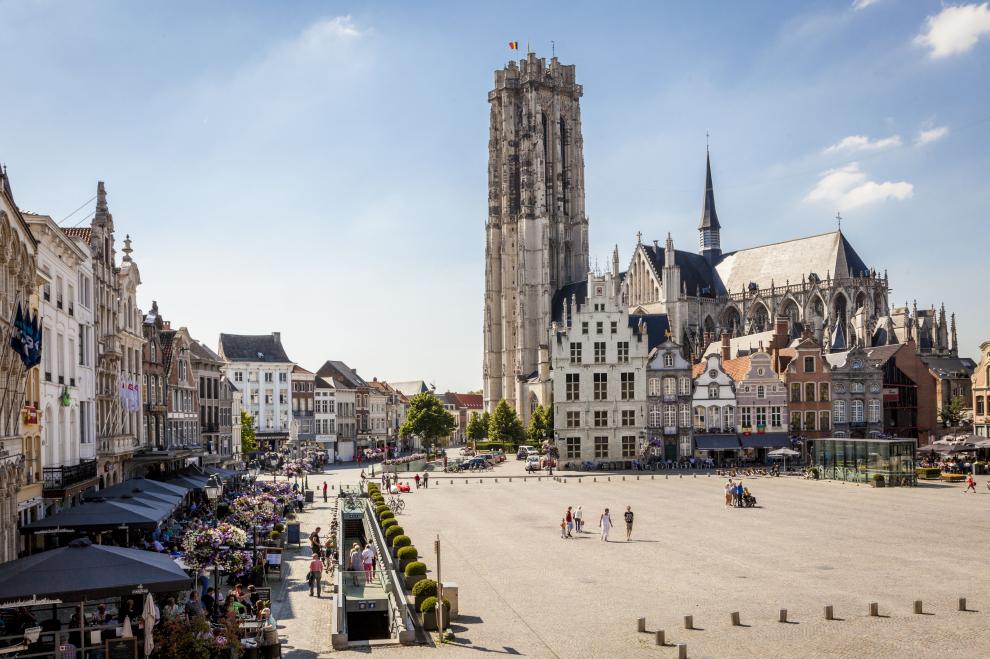
A settlement that was to become today’s Mechelen sprang up on the west bank of the river Dijle during the Gallo-Roman period. As Roman influence waned, Germanic tribes took over the area in the 3rd and 4th century. In 756 they were converted to Christianity by St. Rumoldus (Rombold), an Irish missionary and preacher.
In the 13th and 14th century, Mechelen saw an upswing in wealth and power status due to the thriving of the cloth trade. The city reached its zenith as capital of the Netherlands and as a centre of culture under the regency of Margaret of Austria, who set up a flamboyant court there (1507 – 1517 and 1519 – 1530). Since 1559 Mechelen has been the see of Belgium’s only archbishopric. However, the wars of the 16th, 17th, and 18th centuries wreaked havoc in Mechelen, which fell prey several times to the Spanish, English, and French armies. The city also sustained heavy damages in World Wars I and II.
Mechelen joined the industrial revolution in 1835, when the first railway on the European continent linked it with Brussels, turning the city into the hub of the Belgian railway network.
Mechelen is a Belgian city in the province of Antwerp, Flanders with an area of around 33.71 sq. km and population of 86 304 inhabitants. It is also known as the "City on the river Dijle" because of the river flowing through the city. The city council consists of 43 councillors, elected every six years.
Long renowned for lacemaking, Mechelen is also one of western Europe’s principal vegetable markets. Its industries include railway repair, brewing, the manufacture of furniture and textiles, and various handicrafts, in particular tapestry making.
Abreast of modern trends, Mechelen is also home to leading providers of ICT, logistics, entertainment and telecommunication services. In Mechelen are located several international hi-tech and healthcare companies, world-renowned for both medical equipment and pharmaceutical products.
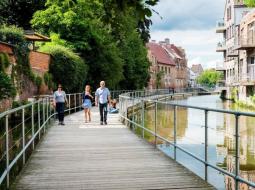
Another tourist attraction is the Dyle Path alongside the water in the heart of the city. A part of it, leading past (and over) the Dyle, between Haverwerf and the Botanical Garden, is floating, which contributes to a relaxing experience and gives view to a unique landscape – the backs of the old houses. The company of water birds makes it amusing and interesting for kids, too.
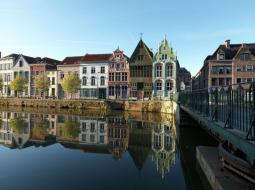
Haverwerf is known as the oat yard because originally oats were unloaded and traded here. The city of Mechelen had the exclusive staple rights to grain and once arrived, boats were supposed to be discharged and the content – to be sold for three whole days. Only then were the merchants allowed to sell elsewhere what was left.
Close to the bridge, there are three old houses from the 16th and the 17th centuries to notice. The corner house is called Het Paradijske or the Little Paradise. The reliefs above the windows depict the scenes 'Earthly paradise' and 'The tree of knowledge of good and evil'. In the middle is De Duiveltjes, The Little Devils, considered as one of the most beautiful wooden façades in Belgium.

The garden of Margaret of Austria’s Palace in Mechelen is open for visitors. Margaret of Austria was regent of the Habsburg Netherlands between 1507 and 1530. Her palace the Hof van Savoye (Court of Savoy) is known as the first Renaissance building in the Low Countries from where the courant spread. Visitors to the palace can enjoy a magnificent Renaissance frontage and a charming garden. The façade still features Margaret's coat of arms, alongside the coat of arms of Charles V and a figure of Lady Justice (Justitia).
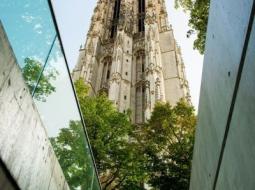
Everyone knows that the best way to discover the city landscape is by air. Well, it is possible to discover the city of Mechelen from bird's-eye view, even without leaving ground. The Climb St. Rumbold’s Tower offers a unique tourist experience with a skywalk 97 meters high. Apart from the fascinating view, the tour offers fun activities for children. The tour lasts between 1 and 1.5 hours and is suitable for children. The number of visitors is limited; therefore it is advised to make a preliminary booking.
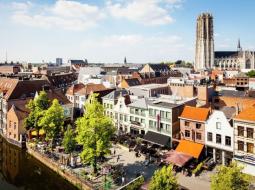
The Vismarkt square became a popular fish marked in 1531, after the expulsion of merchants from the IJzerenleen, due to complaints about the fish smell. Today, despite the presence of several fish shops, the Vismarkt square and the adjoining Nauwstraat are mostly known for the nightlife among young and adults, thanks to the stylish modern lounge bars - 'brown cafés', and the trendy restaurants.
House of the Malinois
Reuzenstraat 1, 2800 Mechelen